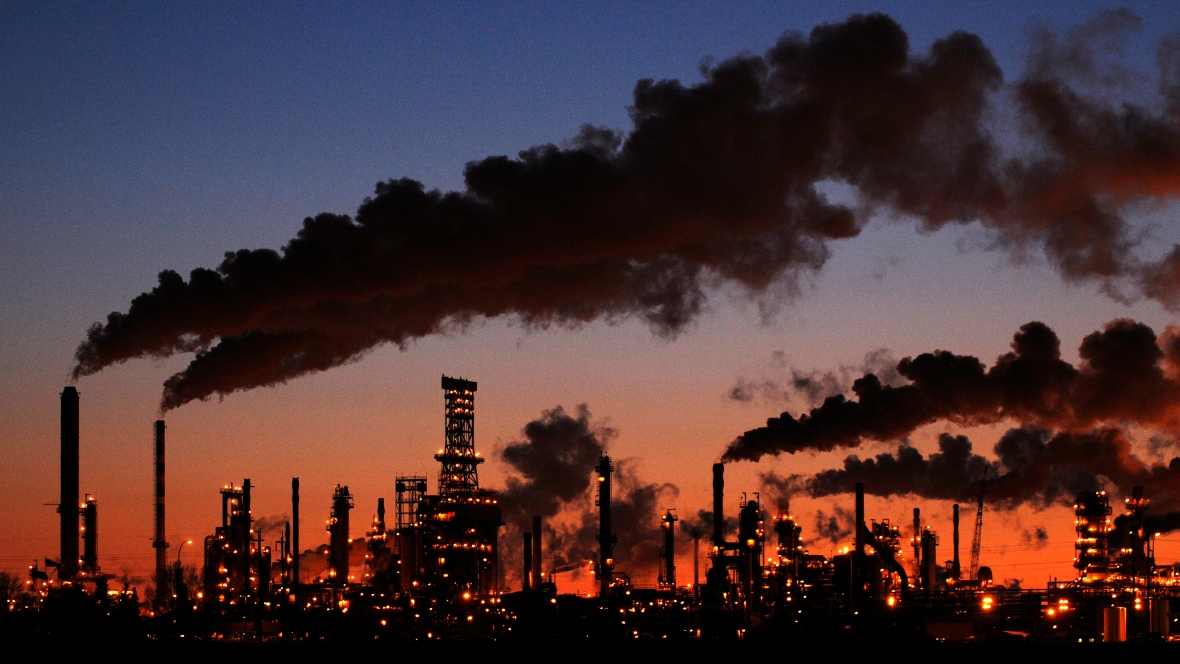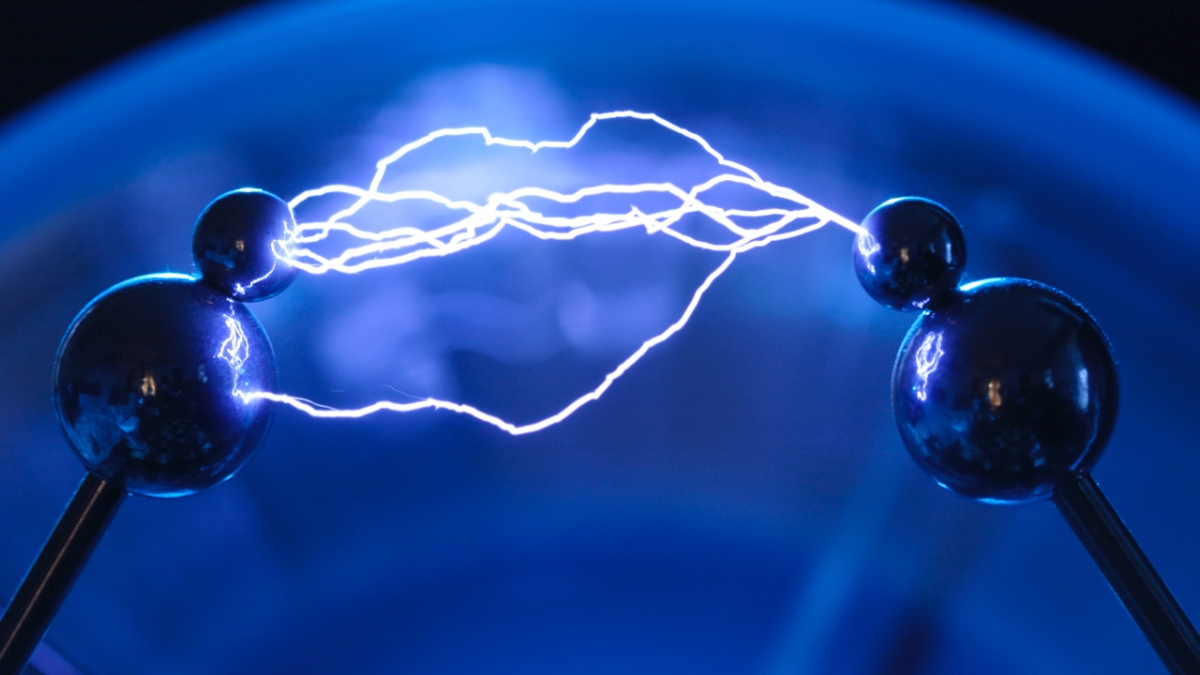
Almost 200 nations have struck a historical climate deal that will phase out the use of one of the world’s most potent greenhouse gases, hydrofluorocarbons(HFCs).
In an amendment to the Montreal Protocol – endorsed on Saturday in Kigali, Rwanda by 197 signatories – countries will begin to reduce their usage of HFCs by 2019.
This represents the most decisive action yet to honour the commitments of the United Nations Climate Change Conference in Paris last year.
While the Rwanda agreement hasn’t scored the same global headlines as the Paris accord, it’s a huge deal that took some seven years of negotiations to hammer out. And its specific target of phasing out HFCs alone will make it easier to enforce and police than the more generalised commitments made in 2015.
“It is likely the single most important step we could take at this moment to limit the warming of our planet and limit the warming for generations to come,” US Secretary of State John Kerry told fellow negotiators in Kigali. “It is the biggest thing we can do in one giant swoop.”
Whereas the focus of the Paris deal was on setting national limits on carbon dioxide (CO2) output to help limit the rise in average global temperatures over the course of the century, the new amendment is narrowly focused on phasing out HFCs in the near term.
These coolants are used in refrigerators and air conditioners, and although they only make up a small fraction of greenhouse gases in the atmosphere overall, they’re the fastest growing kind – increasing by up to 10 percent each year, due to the uptake of cooling devices in developing countries.
Worse still, HFCs are particularly dangerous to the environment from a thermal perspective, because they can trap thousands of times more heat than CO2.
Ironically, we can thank the Montreal Protocol for HFCs existing in the first place. They were originally developed in reaction to the 1987 agreement, which sought to ban chlorofluorocarbons (CFCs) – chemicals that deplete the ozone layer.
Under the new amendment, developed countries will start to phase down HFCs by 2019. A group of more than 100 developing countries, including China, will have to cap their use by 2024, before beginning reductions later. And a smaller group of nations, including India and Pakistan, will commence capping in 2028.
It’s estimated that the agreement could see global HFC use reduced by up to 85 percent by 2047, with scientists saying the reduction will remove the equivalent of about 70 billion tonnes of CO2 from the atmosphere by 2050.
To put the scale of this in perspective, the reduction is about “equal to stopping the entire world’s fossil fuel CO2 emissions for more than two years,” air pollution expert David Doniger from the New York-based Natural Resources Defence Council told The Guardian.
But while it’s a huge step forward in reducing the amount of this powerful heat-trapping chemical in the atmosphere, the agreement doesn’t go as far as environmentalists wanted.
Environmental groups had argued for an HFCs deal that would reduce global warming by 0.5 degrees Celsius by the end of this century. As it stands, the Kigali amendment is estimated to only reduce temperature rises by a maximum of 0.44 degrees Celsius.
Still, that’s not too bad, given it would nonetheless represent the largest temperature reduction ever achieved by a single agreement.
“We came to take a half a degree Celsius out of future warming, and we won about 90 percent of our climate prize,” said Durwood Zaelke of the Institute for Governance & Sustainable Development.
“The majority of the low-hanging fruit has been picked with this amendment, and we’ll get the rest through market forces.”
Those market forces include incentives for countries that cut back on HFCs sooner, as well as grants for the research and development of new chemicals that can take the place of HFCs in cooling devices, much like HFCs once replaced CFCs.
Another reason to be encouraged is the legal force of the new deal.
This is “much, much, much stronger than Paris”, Zaelke told Coral Davenport at The New York Times.
“This is a mandatory treaty. Governments are obligated to comply.”
—
Join our fans by liking us on Facebook, or follow us on Twitter, Google+, feedly, flipboard and Instagram.

 Thank you in advance for helping us to continue to be a part of your online entertainment!
Thank you in advance for helping us to continue to be a part of your online entertainment!






